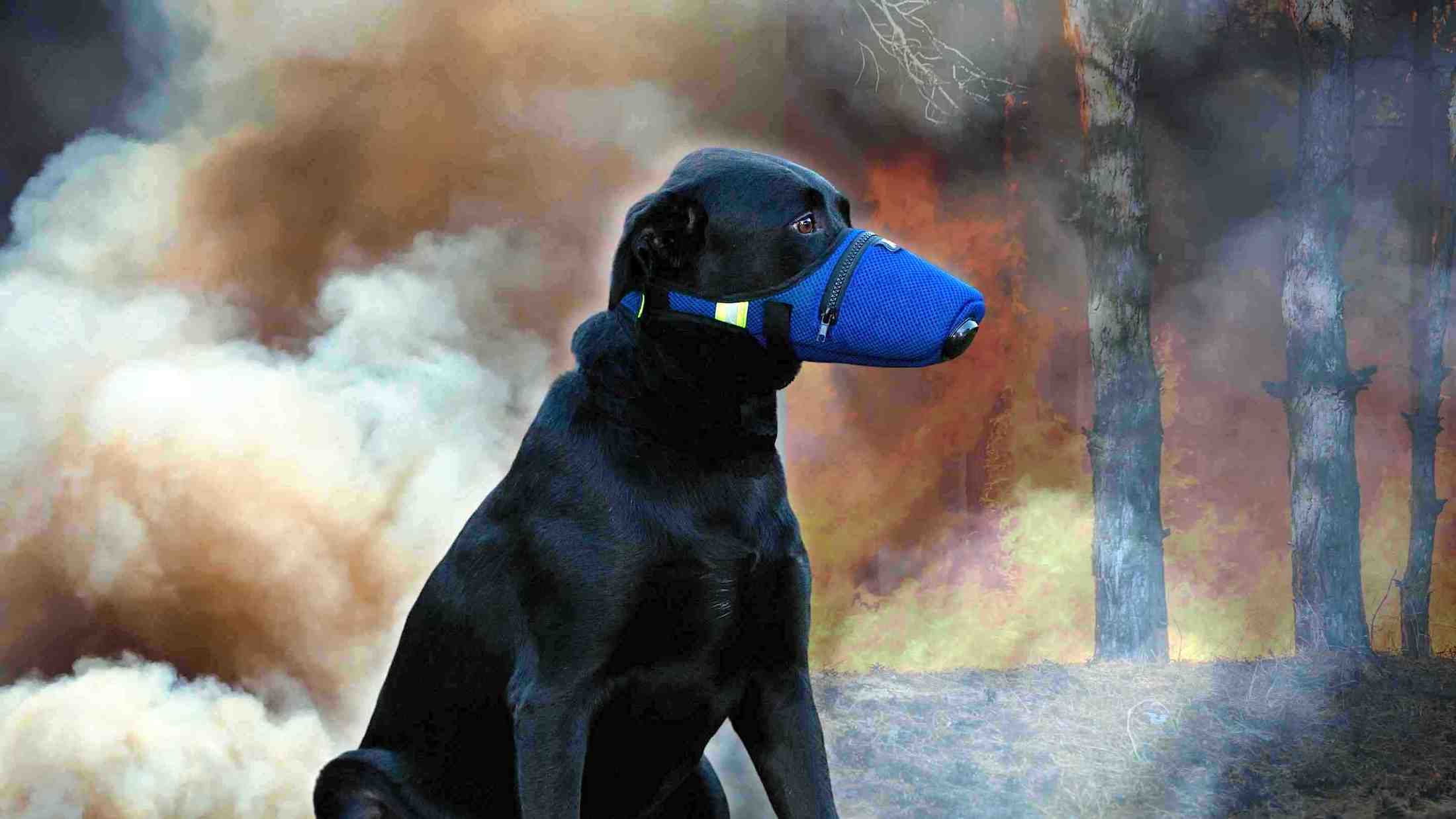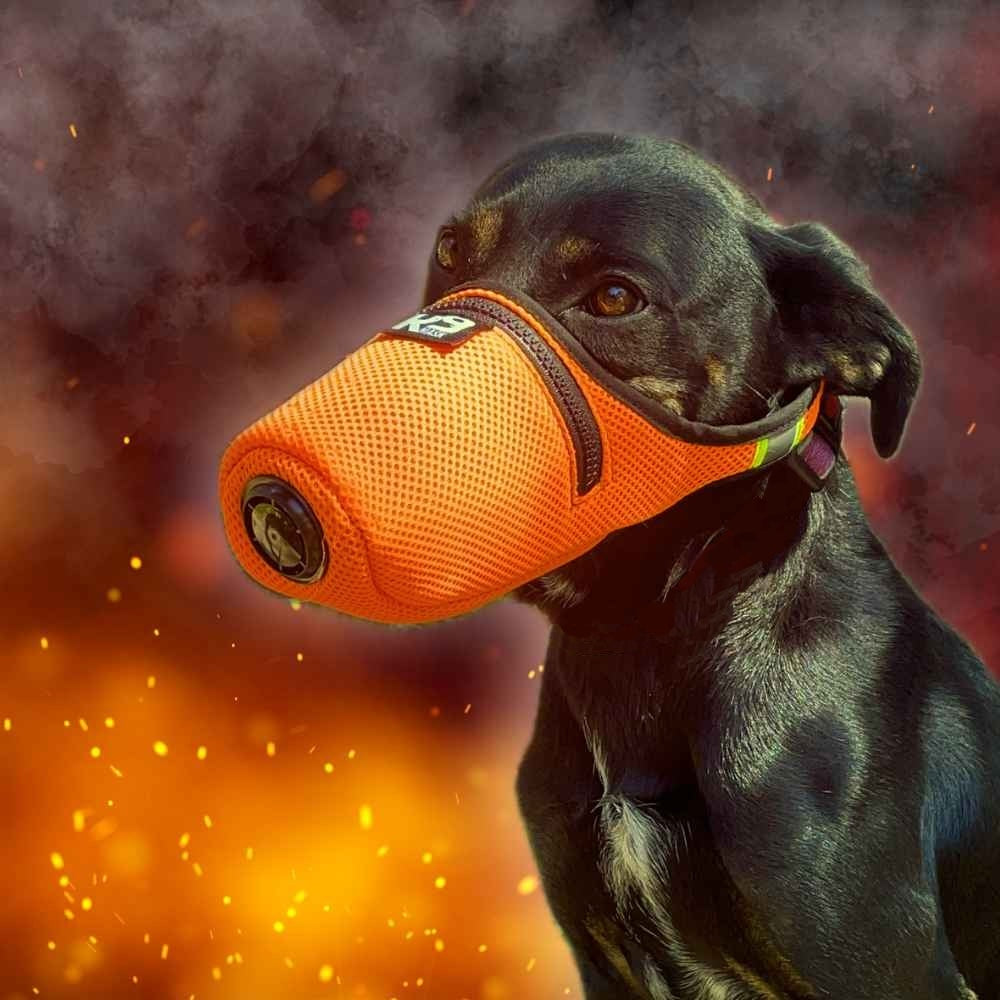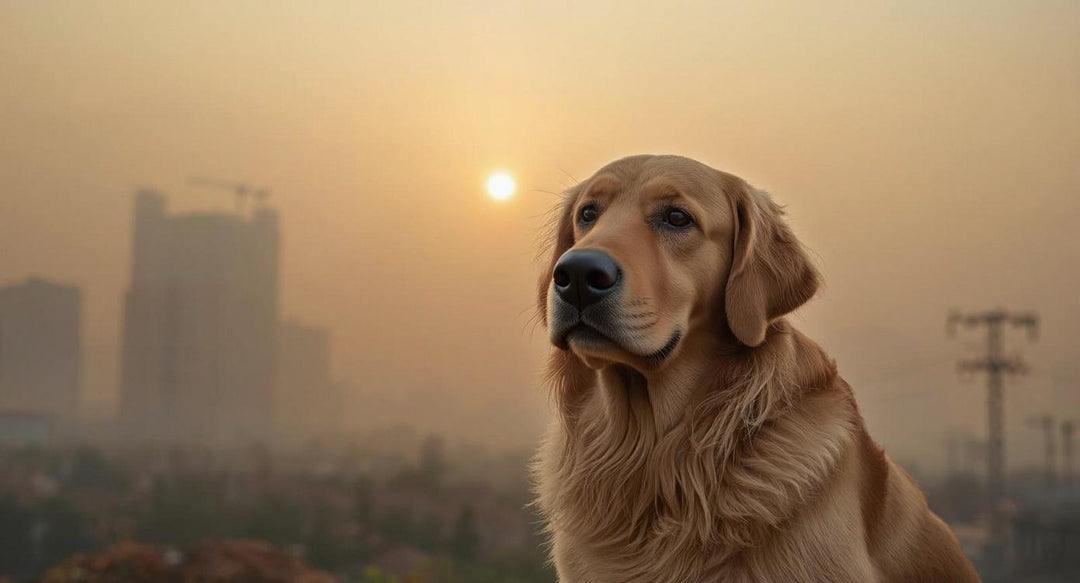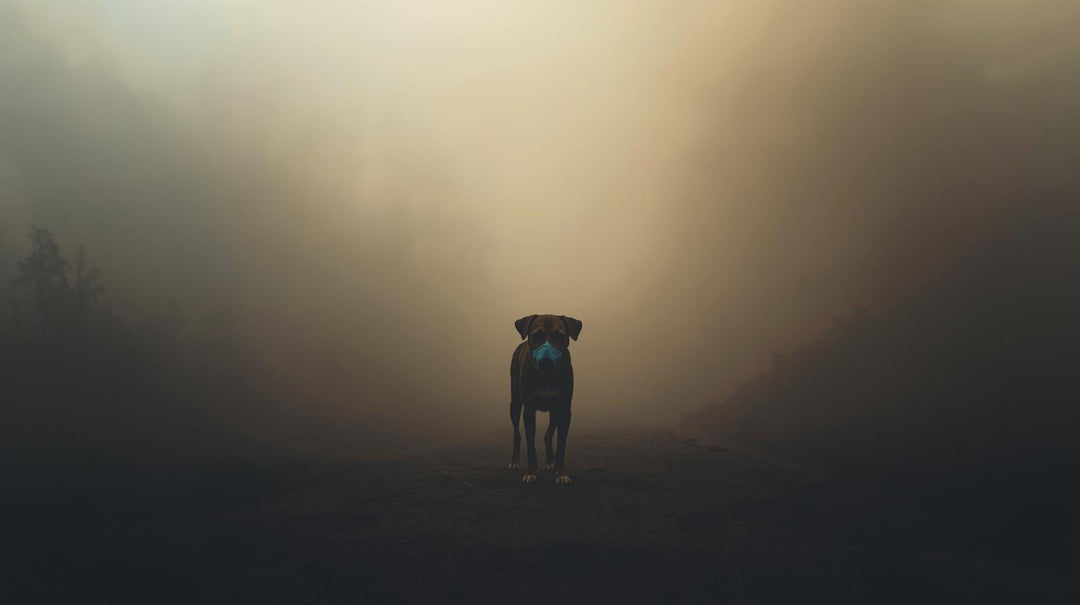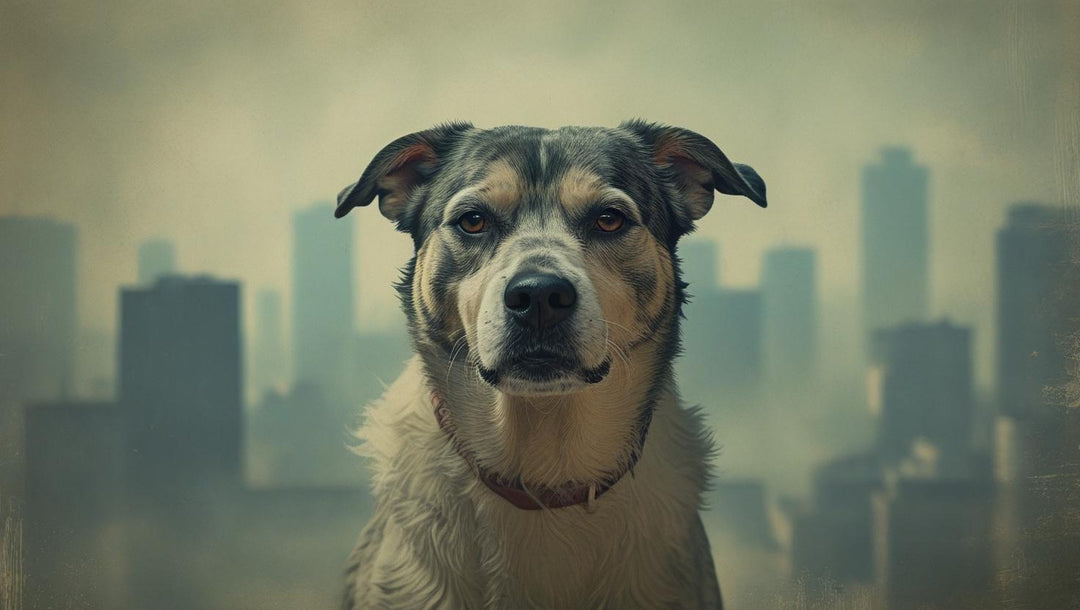In the past, the California fire season was mainly from May through October. However, with climate change as a contributing factor, most recent disasters show that the season is beginning earlier and ending later each year, with some experts suggesting that the fire season in California is now year round.
Here is what you need to know about the history and future of fire season in California:
Peak Risk Times
Many people mistakenly believe that peak fire season takes place during the hot summer. Contrary to popular belief, however, September and October are the most vulnerable months for wildfires, with peak fire season running from July-October. The autumn months are most susceptible to wildfire due to the dry, fierce winds that blow across the state. Additionally, while more fires may take place in July, these fires typically result in less damage overall when considering acres burned. Hot and dry summer temperatures followed by little to no rain can contribute to dried vegetation, which causes more destructive fires in September and October.
According to the California Department of Forestry & Fire Protection, of the 20 most destructive wildfires in California history, 12 of them took place in September and October. These fires took place as far apart as Napa Valley to San Diego. It is safe to conclude that both Northern and Southern California are most susceptible to wildfires during these months.

When Does Fire Season End?
The first significant rainfall of autumn or winter typically brings about the end of the fire season in California. However, in recent years, there has been a trend for delayed autumn precipitation. As we’ve touched on, rising temperatures contribute to dryer vegetation, making fuel sources for wildfire more readily available. When paired with decreased autumn rain, California’s new fire season stretches well into winter.
Historical Trends
By studying the history of California wildfire activity, we see the trend of an extending season. Wildfires are now taking place as early as January and as late as December. As highlighted by some of the state’s most recent and destructive wildfires, such as the Thomas Fire of December 2017, many experts agree that a year-round fire season is a new norm.
2013 Fire Season: January 22 through November 28
- Total Wildland Fire Incidents: 3,672
- Number of Acres Burned: 114,473
- Severest Months: July 2013 held the highest number of incidents for the year. It was also the month with the highest number of burned acres.
2014 Fire Season: January 4 through October 12
- Total Wildland Fire Incidents: 2,920
- Number of Acres Burned: 163,067
-
Severest Months: July 2014 held the highest number of incidents for the year. September accounted for the highest number of burned acres.
2015 Fire Season: February 6 through December 28
- Total Wildland Fire Incidents: 3,231
- Number of Acres Burned: 291,282
-
Severest Months: July 2015 held the highest number of incidents for the year. September accounted for the highest number of burned acres.
2016 Fire Season: May 22 through November 23
- Total Wildland Fire Incidents: 2,816
- Number of Acres Burned: 244,556
-
Severest Months: July 2016 held the highest number of incidents for the year. It was also the month with the highest number of burned acres.
2017 Fire Season: April 20 through December 16
- Total Wildland Fire Incidents: 3,470
- Number of Acres Burned: 467,497
- Severest Months: July 2017 held the highest number of incidents for the year. October accounted for the highest number of burned acres.
All wildfire activity listed above is from the California Department of Forestry & Fire Protection. All statics include only large-scale fires that resulted in 300 acres of damage or more.

Fire Season in Southern vs. Northern California
Weather trends vary from the sandy beaches of Santa Barbara to the mountain vineyards of Sonoma. As one could assume, these unique traits create differing fire seasons for residents of Southern California and Northern California.
Each region’s first significant rainfall is the typical end of its fire season:
- Southern California: In Southern California, the first significant rainfall usually takes place in November or December. This means that Southern California fire season can last a little longer on average than Northern California.
- Northern California: On the other hand, Northern California residents can expect their first rainfall in October. This means that Northern California fire season can be somewhat shorter on average than Southern California.
Risk Factors for California Wildfires
Although the risk factors may differ in Southern California vs. Northern California, wildfires tend to spread in the same ways across the state. The state’s unique climate is the main reason why the fire season is inevitable. However, humans also play a role in the risk factors that contribute to California fire season. Here’s what you need to know:
Santa Ana Winds
Santa Ana winds typically have a speed of 40 miles per hour. In some cases, these winds can reach hurricane strength, with winds up to 74 miles per hour and gusts up to 85 miles per hour. Santa Ana winds are an infamous factor for wildfires in California due to the fanning effects that they have on fire. Additionally, these winds can carry embers for extraordinary distances. While autumn rain typically takes place well before these winds arrive in California, over the years, there has been an increasing delay in the wet season.
Rising Temperatures
Rising temperatures and climate change are responsible for increased wildfire risks across the state of California. According to the Union of Concerned Scientists, average temperatures in the United States have increased by two degrees since 1970. While this increase may seem small, its impact is significant.
First, spring runoff is occurring earlier in the year. According to the National Wildlife Federation, global snow melts are occurring one to four weeks earlier now than they had 50 years ago. When the mountain snow melts and creeks swell, the result is forests that dry up for prolonged periods, ultimately leading to a fire season that starts earlier and ends later.
Dry Climate
Both rising temperatures and decreased rainfall in California contribute to an increasingly dry climate. As the landscape dries out, it creates prime conditions for wildfires. According to National Geographic, rising temperatures result in more water drawn from plants, soil, and vegetation. This dried debris then acts as a natural fuel source for wildfire. When this dried vegetation combines with the decrease in precipitation that we’ve seen throughout California, the risk of fire increases tenfold. Under drought conditions, wildfires can spread rapidly.
Wildfire Safety Tips & Recommendations
At Frontline Wildfire Defense, our mission is to provide wildfire protection and peace of mind. Although the thought of an extended California fire season can be frightening, take heart that there are many ways that you can safeguard your home, family, and community. Here are a few proactive ways to keep you and your loved ones safe during California’s fire season.
- Clear debris. Remember that embers are the leading cause of most wildfire destruction, and strong winds can easily carry them for long distances without being extinguished. Regularly clear your rooftop, gutters, and vents. This can help to prevent embers from igniting naturally flammable vegetation that may collect in these locations.
- Stay informed. The Frontline Wildfire Defense App is available for Android and iOS. This excellent resource keeps Californians informed with active wildfire tracking in addition to Frontline system controls and monitoring.
- Create defensible space. Although the first major rain of autumn or winter typically brings the end to fire season, we can’t always count on precipitation. However, we all have the power to take preemptive safety measures, like maintaining a year-round defensible space.
- Consider an exterior sprinkler system. The Frontline Wildfire Defense System is an exterior home fire sprinkler system that covers your home and property with a biodegradable firefighting foam. Proactive hydration BEFORE immediate threat protects your property from flying embers, the cause of 90% of homes destroyed by wildfire.
- Have an evacuation plan. Always have an evacuation plan prepared for your family and loved ones—including your pets! Every evacuation plan should include a designated meeting area, an escape route, and a single point of contact for communication if family members are separated. Please consult your local fire agency for a complete list of safety materials and other considerations for an effective evacuation plan.




